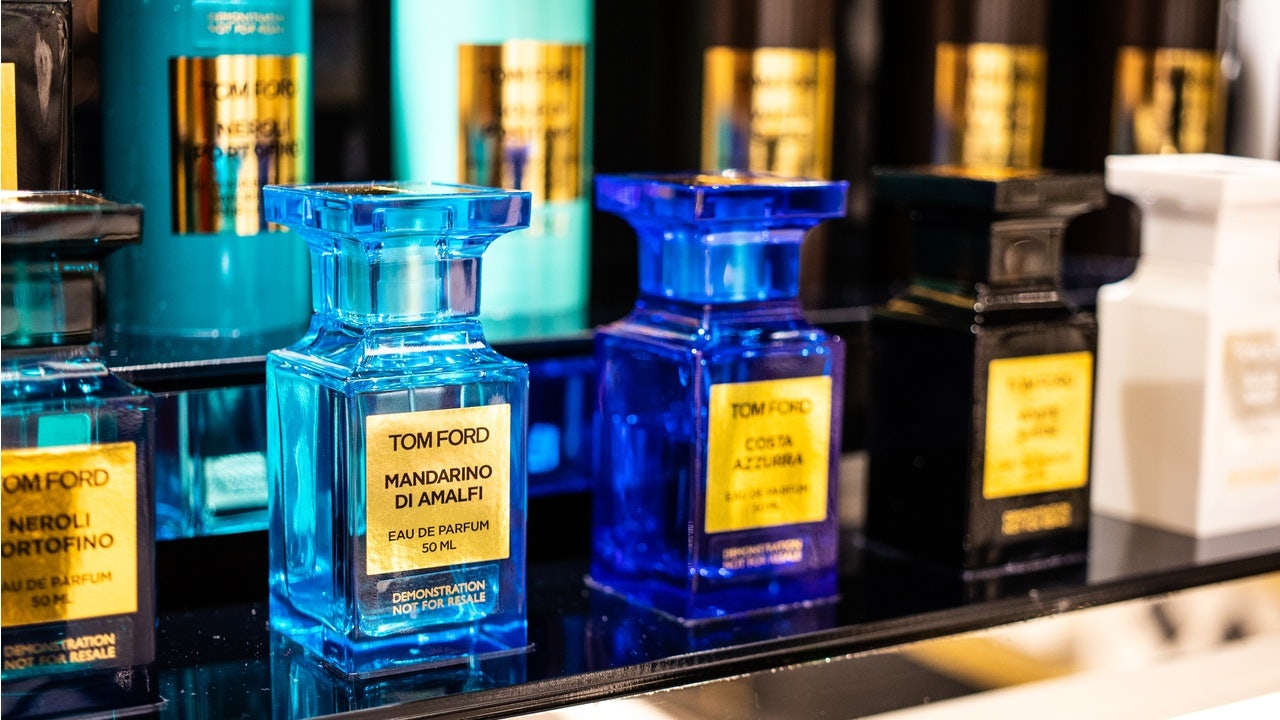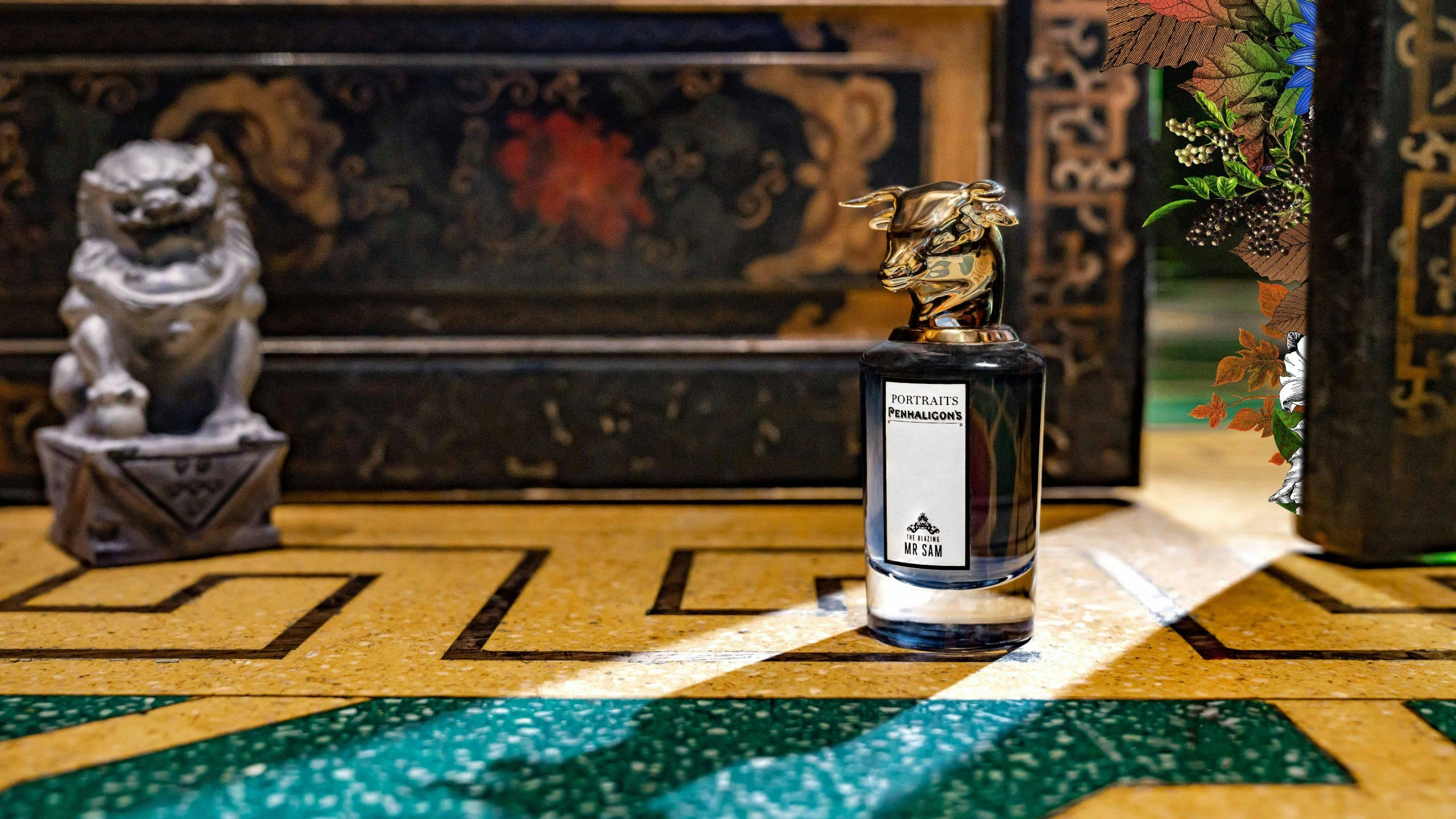What happened
In the first quarter of the year, men’s perfume sales grew 117 percent. In fact, male beauty has become one of China’s fastest-growing consumer product segments, with male perfumes leading the way. According to the market research company NPD Group, China's men's fragrance category recorded a staggering 90 percent growth over 2020. That was, in part, driven by China’s big e-commerce festivals like Double 11 and the 618 shopping carnival, as online platforms like Tmall and JD.com are now the key outlets for fragrances. The same report states that this momentum has continued into 2021, and it is a prominent market to watch in the upcoming years. The top male fragrances currently dominating the domestic market are Chanel, Tom Ford, and Bulgari.
The Jing Take
Although big names are doing well in the male scent market, thanks to their visibility, data from Tmall Global shows that niche brands have the highest growth rate with three-digit growth year-on-year, as smaller-scale brands are responding faster and more effectively to consumer demands.
The ability to leverage an extensive amount of product seedings through KOLs and bloggers on popular social media platforms like Little Red Book and Douyin accounts for a large part of this growth. Fragrance buyers are getting younger, and they are first-time purchasers most of the time. Social platforms are becoming an important source of inspiration and education for Gen Zers, as they are keen on listening to recommendations from trusted influencers.
Douyin is also proving popular. According to NPD data, in the third quarter of 2020, total male beauty content grew by 82 percent on the platform. Therefore, to retain relevance, luxury brands are expected to roll out more interactive content to boost their presence on relevant channels and offer more online outlets where customers can make purchases.
The Jing Take reports on a piece of the leading news and presents our editorial team’s analysis of the key implications for the luxury industry. In the recurring column, we analyze everything from product drops and mergers to heated debate sprouting on Chinese social media.


